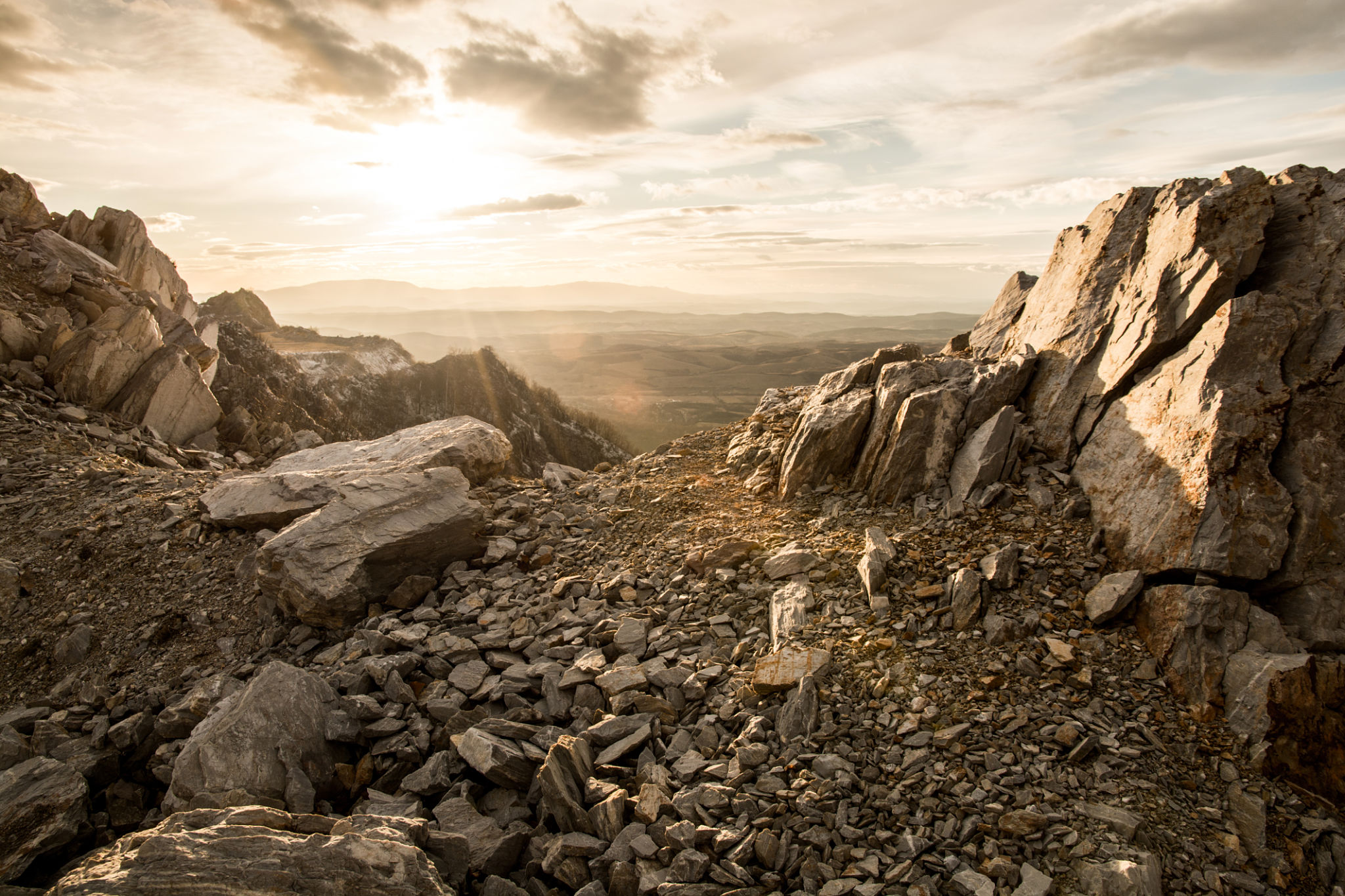The Role of Soil and Topography in Bio-Swale Effectiveness
Understanding Bio-Swales
Bio-swales are landscape elements designed to concentrate or remove silt and pollution from surface runoff water. They are essentially shallow drainage ditches filled with vegetation, compost, and sometimes soil that filter pollutants as water flows through. The effectiveness of bio-swales is influenced significantly by the type of soil and the topography of the area where they are implemented.
The Importance of Soil Composition
The type of soil in a bio-swale greatly affects its ability to filter and absorb water. Soils with a high clay content, for instance, tend to have low permeability, which can hinder water absorption and filtration. On the other hand, sandy soils allow water to percolate quickly but may not hold pollutants as effectively. Ideally, a balanced mix of sand, silt, and clay—known as loam—is preferred for bio-swale construction because it offers good drainage and filtration capabilities.
Organic matter present in the soil also plays a critical role. It enhances the soil's capacity to retain moisture and supports microbial communities that break down pollutants. Therefore, incorporating compost or other organic amendments can improve soil quality and, in turn, bio-swale effectiveness.

The Influence of Topography
Topography refers to the physical features and slopes of the land where a bio-swale is positioned. The slope of the land impacts how quickly water moves through the bio-swale. Steep slopes can cause water to rush through too quickly, reducing the time available for filtration and absorption. Conversely, very flat areas may not allow for adequate drainage, leading to potential waterlogging.
To optimize effectiveness, bio-swales are often constructed with gentle slopes that slow water flow sufficiently for optimal filtration while preventing stagnation. Proper grading ensures that water enters and exits the bio-swale efficiently, maximizing its pollutant-removing capabilities.

Design Considerations for Bio-Swales
When designing a bio-swale, several factors need to be considered to ensure its success. These include:
- Proper Sizing: The bio-swale should be designed to handle the expected volume of runoff from the area it drains.
- Vegetation Selection: Choosing native plants that can withstand wet conditions helps stabilize the soil and enhance pollutant removal.
- Maintenance Needs: Regular maintenance is crucial for preventing clogging and ensuring that the bio-swale functions effectively over time.
Incorporating these considerations helps create a bio-swale that is both efficient in managing stormwater and beneficial for the surrounding ecosystem.

The Environmental Benefits
Beyond managing stormwater, bio-swales provide several environmental benefits. They help recharge groundwater supplies by allowing water to infiltrate into the ground rather than running off into storm drains. Moreover, by filtering pollutants from runoff, bio-swales contribute to cleaner waterways and healthier aquatic ecosystems.
Additionally, vegetation in bio-swales supports biodiversity by providing habitat for various species. These green infrastructures can also enhance urban aesthetics and provide recreational opportunities for communities.
Conclusion
The role of soil and topography is pivotal in determining the effectiveness of bio-swales. By understanding and optimizing these factors, we can create more efficient systems for managing stormwater and protecting our environment. As climate change continues to impact weather patterns, investing in effective green infrastructure like bio-swales becomes increasingly important for sustainable urban development.